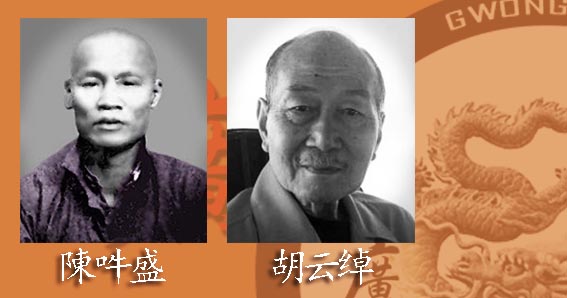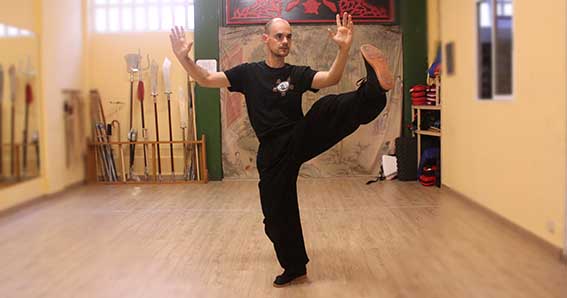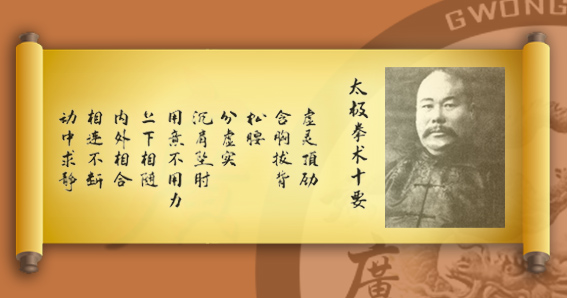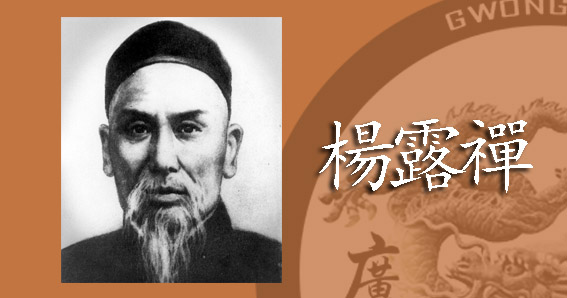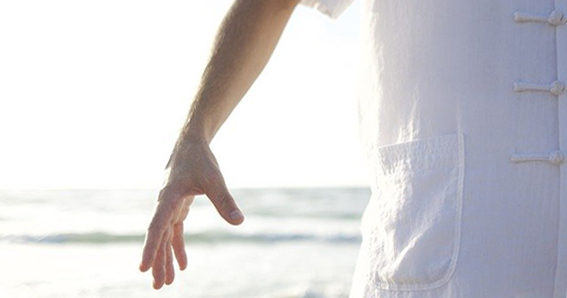After Cheong Jim (Choy Li Fut History VII)
After Cheong Jim 張炎, Chan Ngau Sing 陳吽盛 took charge of the Hung Sing 鴻勝 school and continued cementing the its reputation, making it one of the most membered martial arts institutions in the Fóshān 佛山.
Read more...
